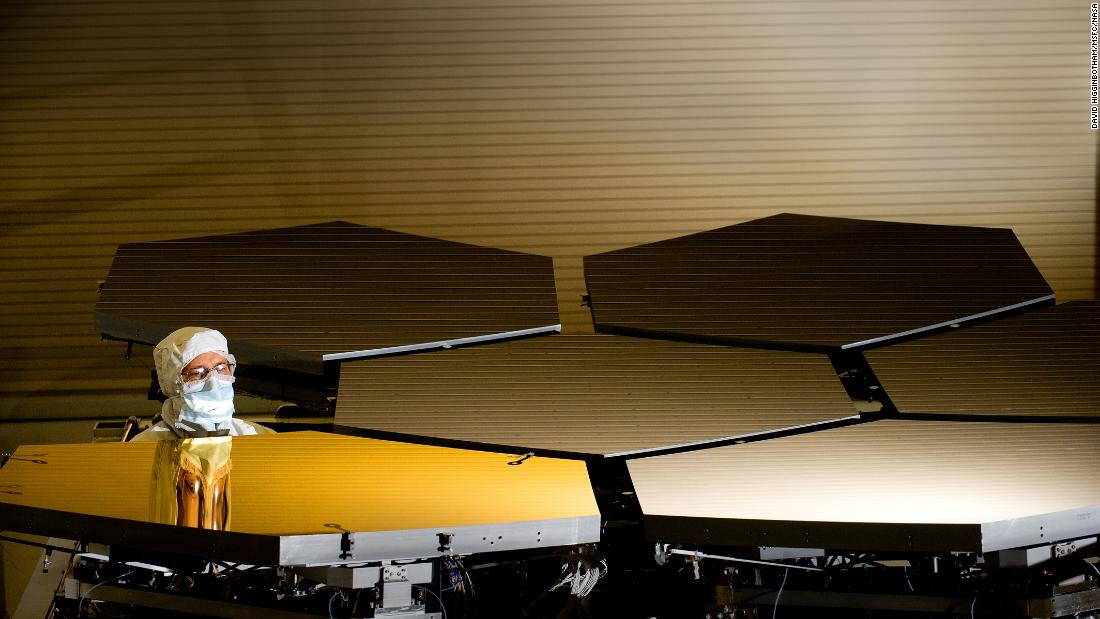The most powerful telescope reaches space 1:38
(CNN Spanish) -
It is a moment that has been brewing for decades.
The James Webb Space Telescope, NASA's premier space observatory of the next decade, was successfully launched.
The telescope lifted off on an Ariane 5 rocket from the Europa spaceport in French Guiana at 7:20 am (Miami time).
The Webb telescope has endured years of delays, including a combination of factors brought on by the pandemic and technical challenges.
But the world's most powerful and complex space observatory will answer questions about our solar system, study exoplanets in new ways, and delve deeper into the universe than we have ever been able to.
Credit: NASA
The Webb will observe the atmospheres of exoplanets, some of which are potentially habitable, and could uncover clues in the ongoing search for life outside Earth.
The telescope comes equipped with a mirror that can extend 6.5 meters, an enormous length that will allow the mirror to collect more light from the objects it observes once the telescope is in space.
The more light the mirror can catch, the more detail the telescope can see.
advertising
The mirror includes 18 gold-plated hexagonal segments, each 1.32 meters in diameter.
It's the largest telescope NASA ever built, the agency said, but its size created a unique problem.
The object was so large that it could not fit inside a rocket.
So the NASA team designed the telescope as a series of moving parts that can be folded in origami style and fit within a 5-meter space for launch.
The Webb will act as an infrared detective, detecting light that is invisible to us and revealing regions of space that would otherwise be hidden, according to NASA.
Ball Aerospace optical technician Scott Murray inspects the telescope's first gold primary mirror segment.
Since 2004, thousands of scientists, technicians and engineers from 14 countries have spent 40 million hours building the telescope, which includes instruments from the Canadian Space Agency and the European Space Agency.
Now, the Webb is ready to help us understand the origins of the universe and begin to answer key questions about our existence, such as where we came from and if we are alone in the cosmos.
What the telescope will see
The Webb Telescope will observe every phase of cosmic history, including the first flashes after the Big Bang that created our universe and the formation of the galaxies, stars, and planets that make it up today.
Its capabilities will allow the observatory to answer questions about our own solar system and investigate faint signals from the first galaxies formed 13.5 billion years ago.
The telescope will take a closer look at a selection of exoplanets to look inside their atmospheres, if they have them, and help answer questions about how planets formed and evolved.
The data collected by the telescope can tell scientists if there is methane, carbon dioxide, or carbon monoxide in the atmosphere.
The gases within these alien atmospheres could reveal the building blocks of life.
Other objects of interest for the initial science campaign include observing the supermassive black hole at the center of the Milky Way, the active formation of planetary systems, bright quasars at the center of galaxies, and the remnants of the formation of our solar system. known as Kuiper belt objects.
POT

